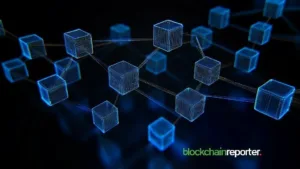- WadzPay’s move into the stablecoin market reflects a strategic shift towards becoming a global blockchain financial services provider.
- WadzPay’s entry into the stablecoin market prompts a 15% token surge post-announcement, reflecting investor confidence.
- With the stablecoin market expected to grow rapidly, WadzPay’s product innovations position it well for diverse financial applications.
WadzPay, a fintech leader offering blockchain-driven digital asset payment solutions, has revealed its intentions to enter the stablecoin market. This development is expected to expand the company’s scope from its current concentration, transforming it from a payment-centred to a global blockchain financial services provider.
WadzPay’s in-house token registered a significant market value rally. In the first 24 hours following the announcement, the token rose by 15%. In the last month, the token has revealed a striking bullish performance, surging by 180%, and the last week alone brought a 100% price charge increase. Such price movement mirrors investors’ confidence in the company’s strategic direction and ability to enter the booming stablecoin market.
$WTK 💳💵
Journey into the future 🤔
Stablecoin roadmap
OR
Wadzpay public chain ⛓️💥 launch https://t.co/rcFJKy02aI
— Rocketeer ⭕️ (@_CryptoManny) May 7, 2024
Future Prospects in the Stablecoin Arena
The stablecoin market will be one of the fastest growing in the world, with nearly three trillion dollars expected to be generated, growing from $125 billion in just five years, according to data by Bernstein. The timing of WadzPay’s entry into this market is perfect as DeFi applications are becoming popular, stable digital assets are in demand in cross-border remittances, and other processes in financial transactions are being digitalized.
Product Innovations and Compliance Focus In line with its new business strategy, WadzPay plans to roll out two main products: Stable Coin as a Service and self-administrated USD Stablecoin. These products are intended to serve a wide range of applications, such as local and international payments, cross-border remittances, and on-chain transactions.
Read the full article here









